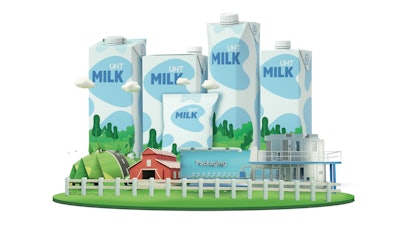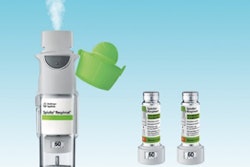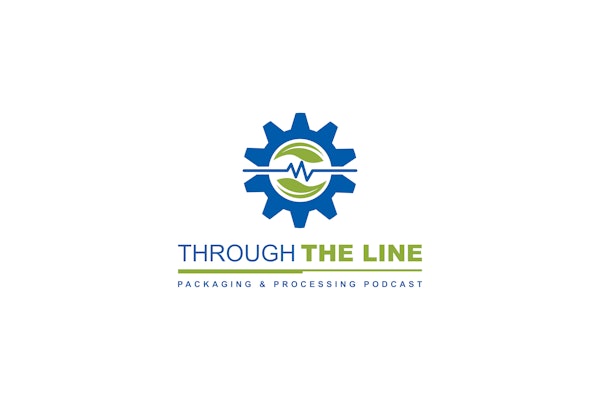Data collected in the 2020 Tetra Pak Index global research study, COVID-19 and the Food Safety-Environment Dilemma, show that food safety is a major issue for consumers, according to more than two-thirds of the respondents.
When shelves went empty in grocery stores earlier this year due to the pandemic, Tetra Pak took the opportunity to run a campaign on ultra-high temperature (UHT) packaged goods to educate consumers on how aseptic processing and packaging can keep products fresh and safe without the need for preservatives.
UHT products—especially broth, milk, dairy alternatives, juice, and petfood—are seeing large success in e-commerce due to their light weights, rectangular packaging, and compatibility with ambient storage and shipping, according to Pedro Goncalves, the vice president of marketing, Tetra Pak U.S. and Canada.
In addition to UHT, manufacturers are making efforts mainly unseen by consumers towards improving food safety, which include:
- Smart manufacturing technologies, such as end-to-end traceability, predictive analytics, and machine learning
- Improving quality control in the supply chain, which provides retailers and e-retailers with real-time insights, and allows distributors to track stock movements as well as product throughout the value chain, and monitor delivery performance
- Educating and engaging consumers on food safety through connected packaging
“Imagine if intelligent packaging could communicate with smart appliances in the home. You could have instant and accurate information on not only the stock of products at home, but also the remaining [shelf] life of each product via technology like dynamically updated expiration dates,” says Goncalves. “Based on the products in your fridge, their expiration dates, your food preferences, and favorite recipes, you could even get suggestions on the best meal to prepare to reduce the risk of food waste. The future holds many exciting possibilities on this front.”
Other articles you may be interested in:
Danone North America Regenerative Agriculture Program Helps Mitigate Climate Change
Solutions to Decrease Food Waste on the Consumer Level
Remote Access Technologies Help Keep Food Sanitation Workers Safe























